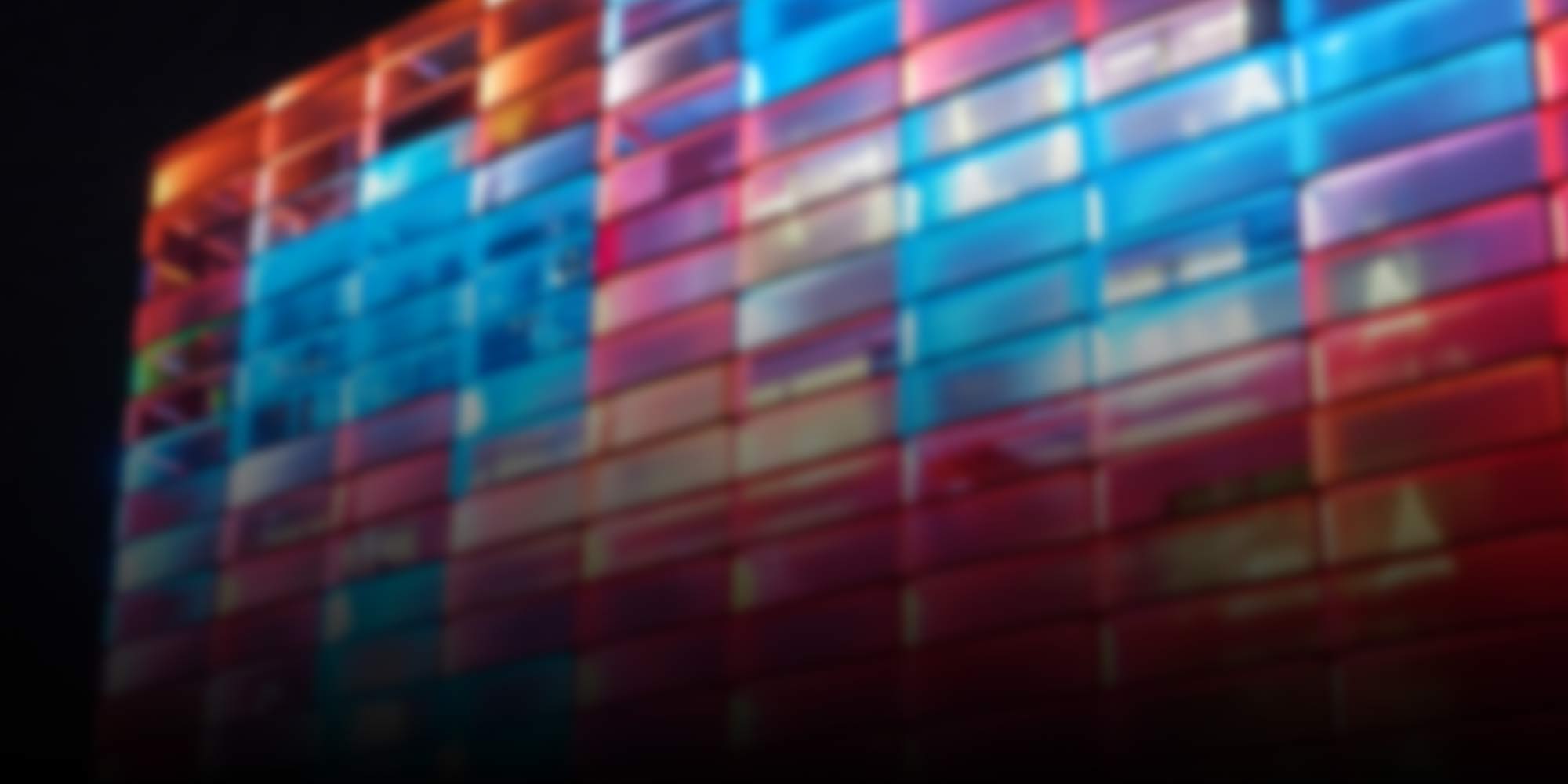
Throwback
-
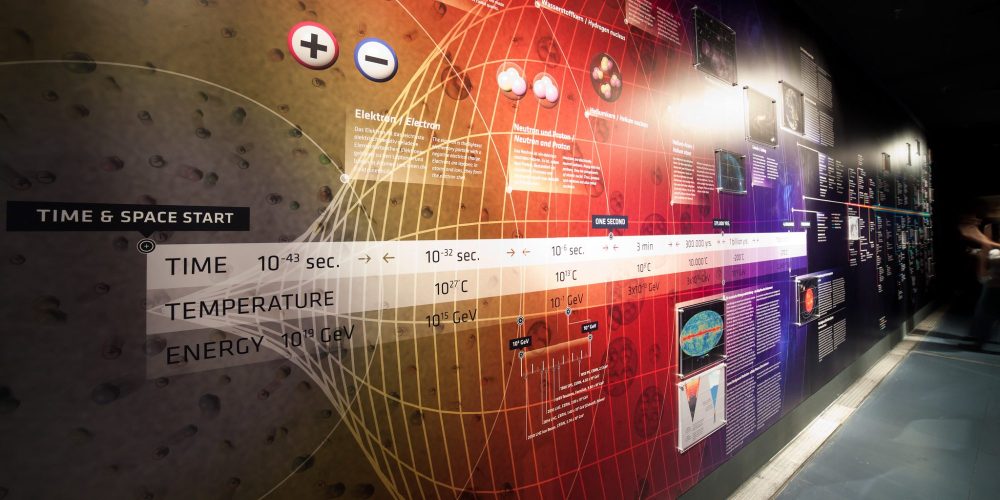
Throwback: ORIGIN – Investigating the Big Bang
The exhibition took a closer look at the European particle physics laboratory CERN, covering its history, daily activities and the ambitious goals of the global research project.
-
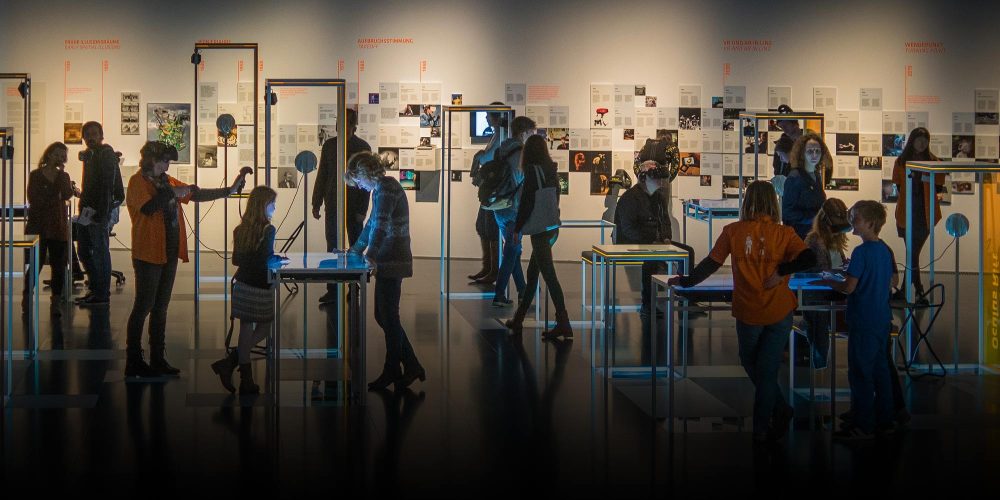
Throwback: The VRLab
At the Ars Electronica Center’s VRLab, it was possible to immerse yourself in virtual worlds and superimpose data on our reality.
-
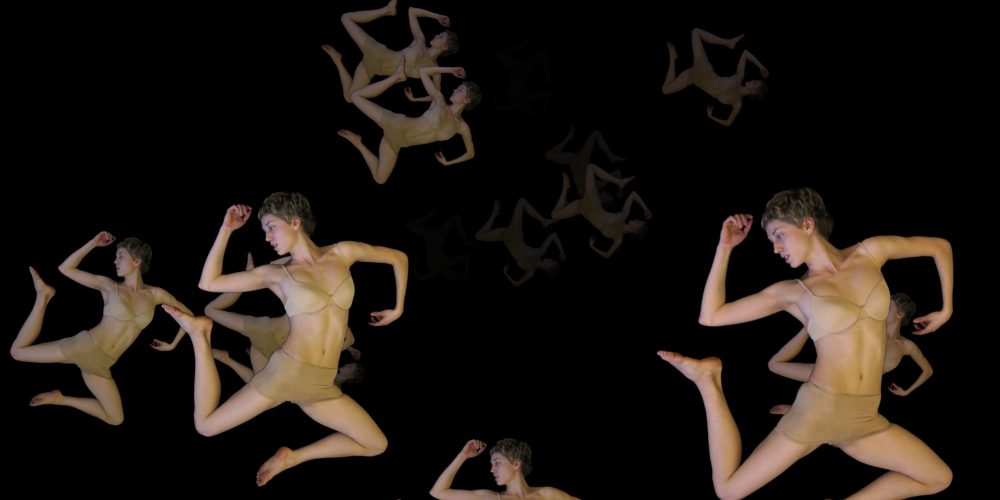
Throwback: Le Sacre du Printemps
In 2006, the Ars Electronica Futurelab collaborated with media artist Klaus Obermaier on a unique production of Igor Stravinsky’s Le Sacre du Printemps.
-
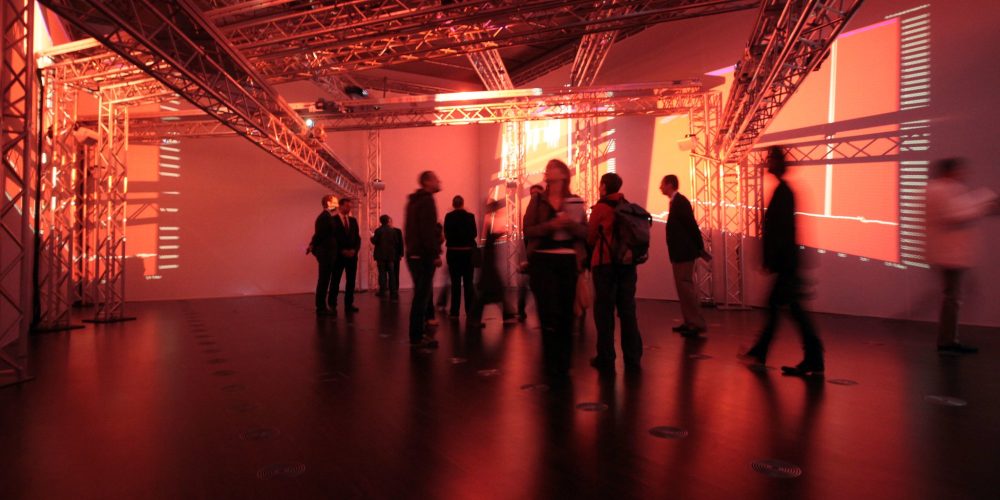
Throwback: Ready to pull the lifeline?
From September 2 to 11, 2010, the Ars Electronica Festival “REPAIR – Ready to pull the lifeline” took place on the grounds of the former tobacco factory in Linz
-
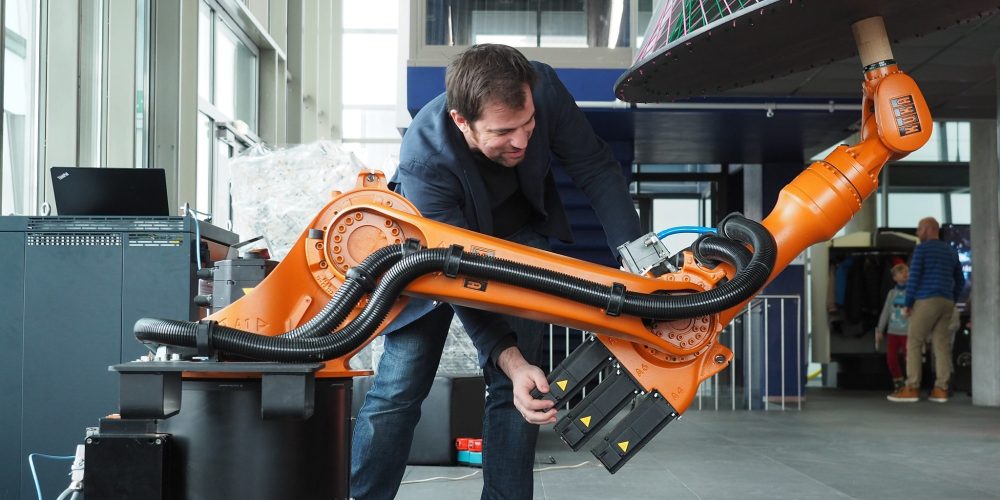
Throwback: Creative Robotics
The exhibition “Creative Robotics” traced how industrial robots, outside their original use, became a medium of artistic and creative expression and a catalyst for the implementation of innovative ideas.
-

Throwback: The World in 100 Years
The exhibition “The World in 100 Years” paid tribute to great thinkers and activists who were ahead of their time and worked for a vision of the future.
-
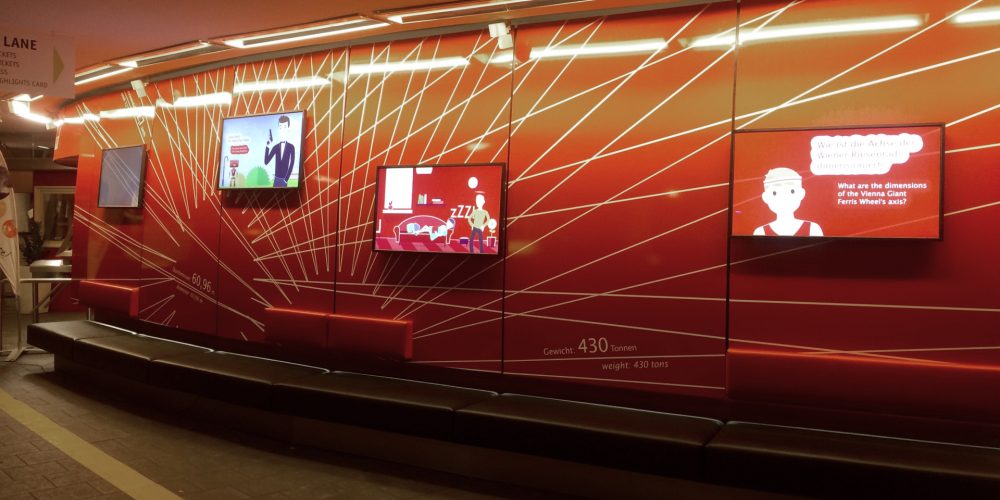
Throwback: The Vienna Giant Ferris
In 2017, Ars Electronica Solutions was engaged by ARTDELUXE Kunst- und Kulturmanagement to stage the new foyer at Vienna’s Giant Ferris Wheel.
-
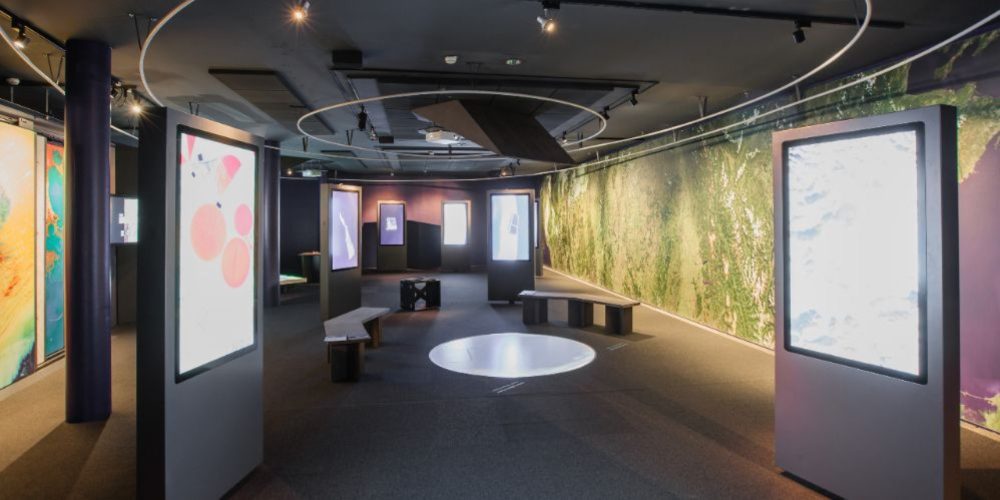
Throwback: Spaceship Earth
The exhibition “Spaceship Earth” dealt with the question of what we can learn about our planet by observing it.
-
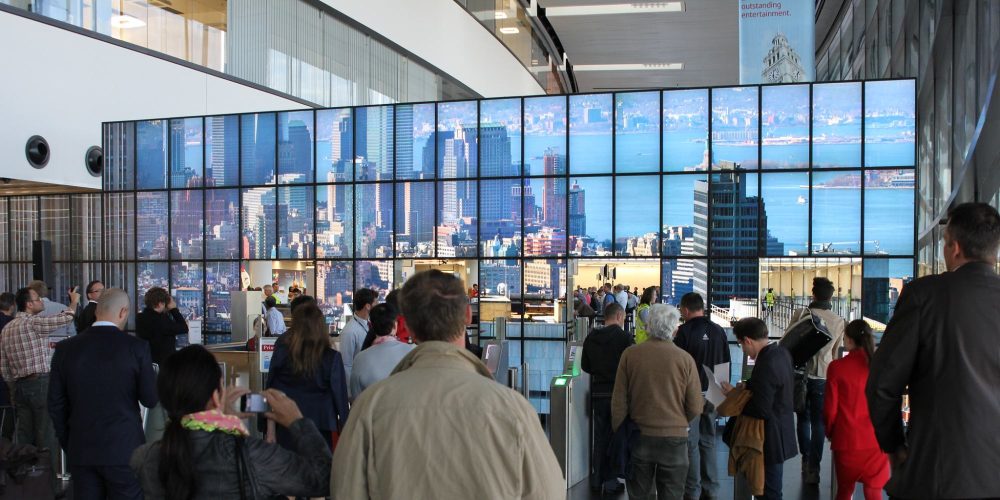
Throwback: From Austria to the World
“From Austria to the World” – under this motto, the Austrian Star Alliance Terminal Check-in 3 at Vienna Airport featured five unique gigapixel images of New York City in 2013.
-

Throwback: Innocence
Innocence was a 2013 work by the Ars Electronica Futurelab dedicated to Linz’s childhood memories of the Passage shopping center.
-
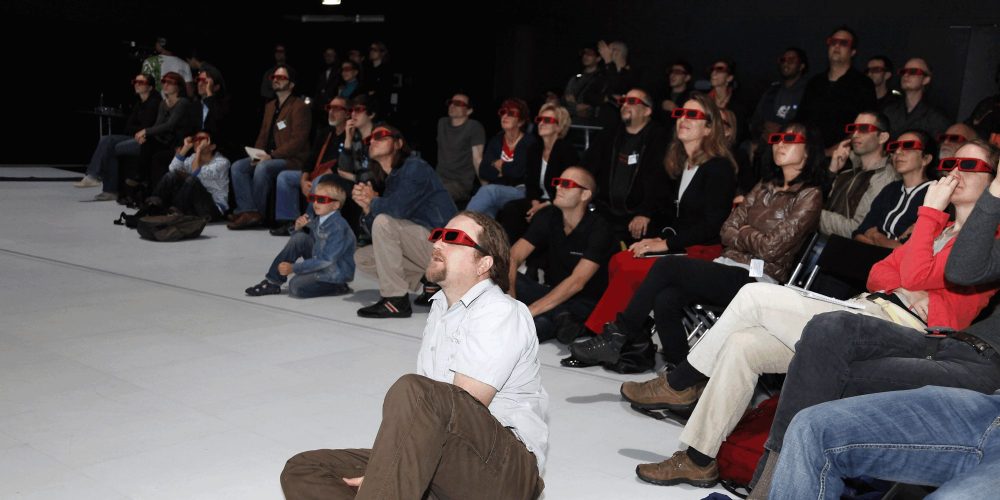
Throwback: The birth of the Deep Space
Deep Space EVOLUTION marks the start of Ars Electronica’s next chapter when it comes to immersive visual worlds. But how did the story of the giant projection room in the Ars Electronica Center begin?
-

Throwback: The Teleklettergarten
An oversized computer keyboard as a climbing wall on the facade of the Linz Art University. That was the teleclimbing garden.
-
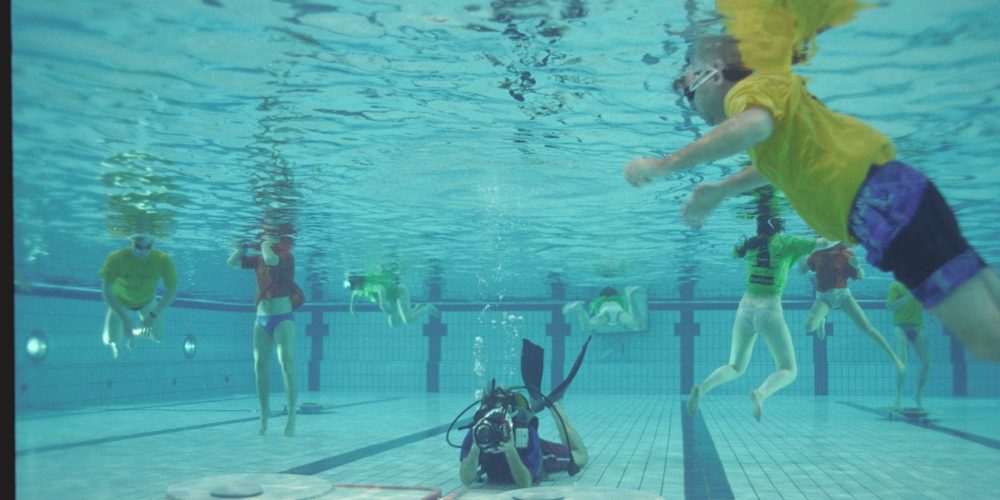
Throwback: Liquid Cities
During the Ars Electronica Festival in 1996, the indoor pool of the Parkbad Linz transformed into a fluid interactive 3D space.
-
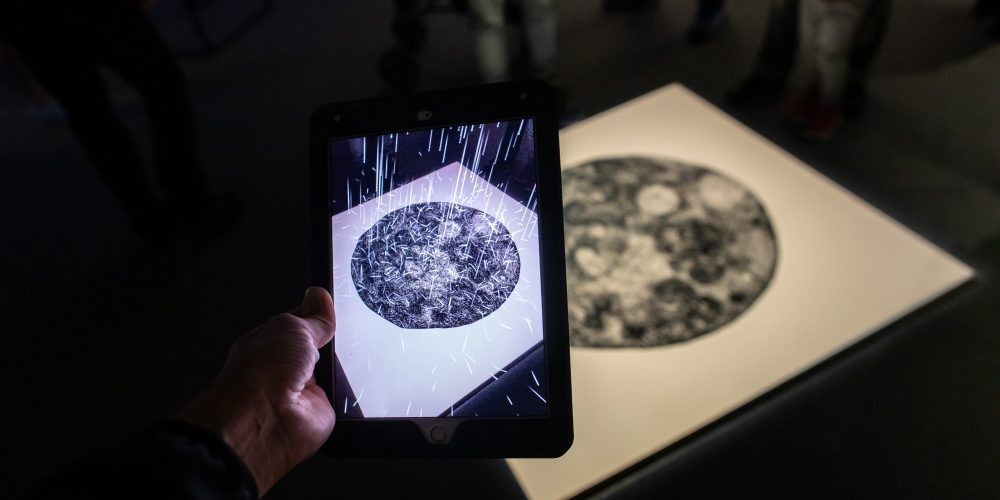
Throwback: Mirages & miracles
The exhibition Mirages & miracles at the Ars Electronica Center staged augmented reality in a virtuoso and imaginative way.
-

Throwback: GeoPulse
GeoPulse opened up an interactive experience space for visitors of the Ars Electronica Center that compiled multi-layered data about our world and made it possible to experience it in a playful way.
-
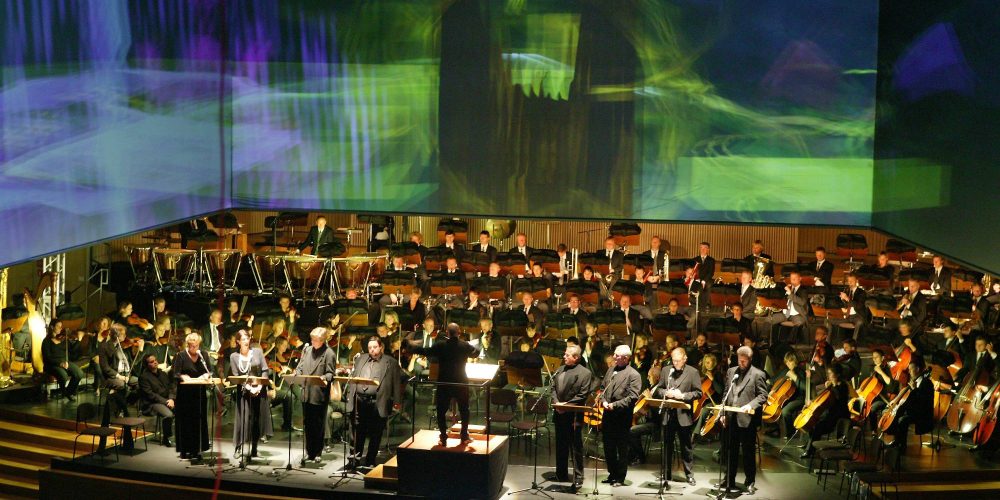
Throwback: Das Rheingold
In 2004, the Ars Electronica Futurelab designed an interactive computer-controlled visualization for the opera “Das Rheingold” by Richard Wagner.
-
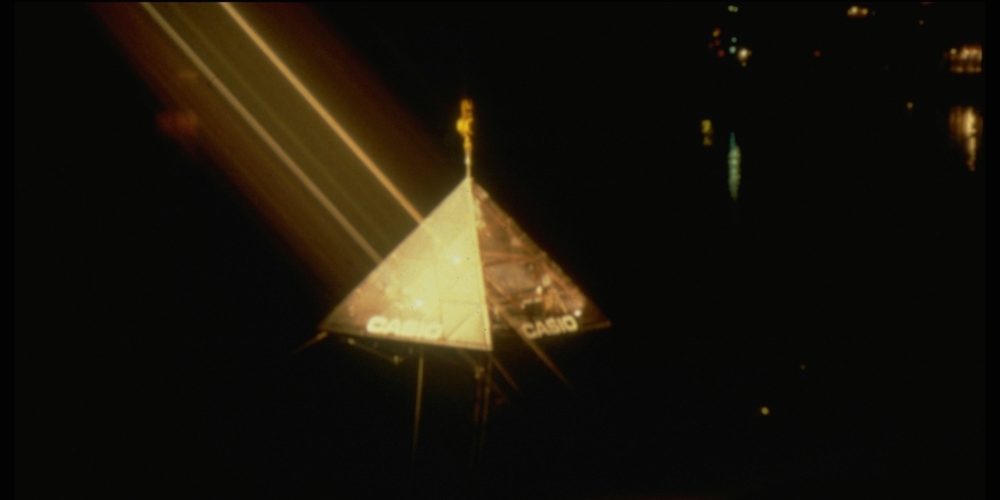
Throwback: UFOs over Linz
In a glass pyramid, 30 meters above the Danube, Isao Tomita enchanted the visitors of the Klangwolke 1984.
-

Throwback: The pioneer of the synthesizer
Robert Moog is considered a pioneer of the synthesizer. In the 80s, the American inventor honored us twice in Linz.
-

Throwback: Spaxels
Spaxels are autonomous drones that can be moved freely in space to form dynamic, three-dimensional figures in the night sky.
-
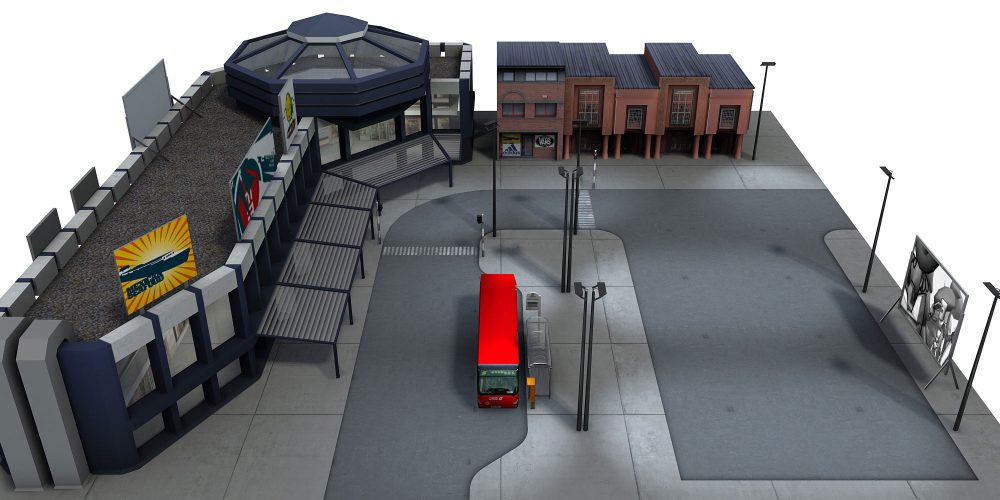
Throwback: City Puzzle
City Puzzle by the Ars Electronica Futurelab was an interactive simulation environment that let you create virtual urban landscapes.
-
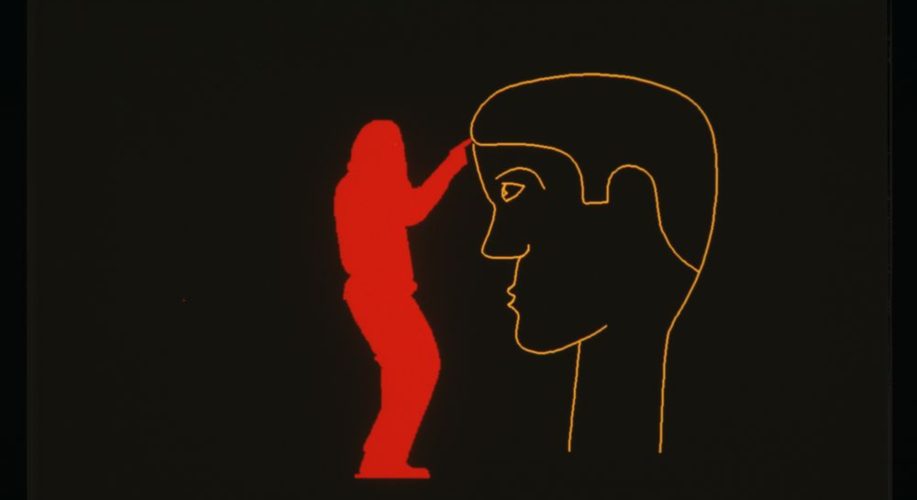
Throwback: Videoplace
In 1990 the time was ripe to take the next evolutionary step in the development of Prix Ars Electronica by adding a new category for “Interactive Art”.
-

Throwback: Morphovision
The Morphovision image processing system worked with real objects and opened up new possibilities for plastic design.
-
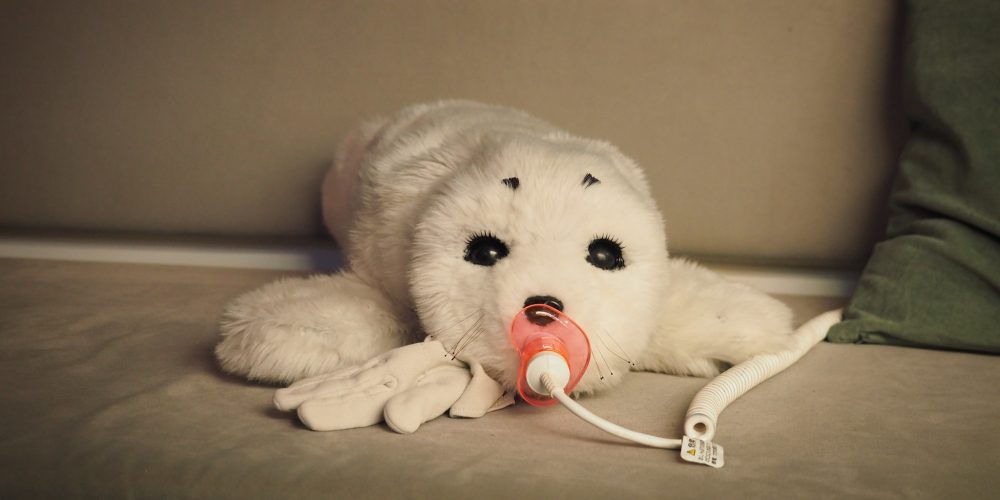
Throwback: Paro the robot seal
Paro, an assistant robot with the appearance of a seal, was a visitor magnet at the Ars Electronica Center for years.
-
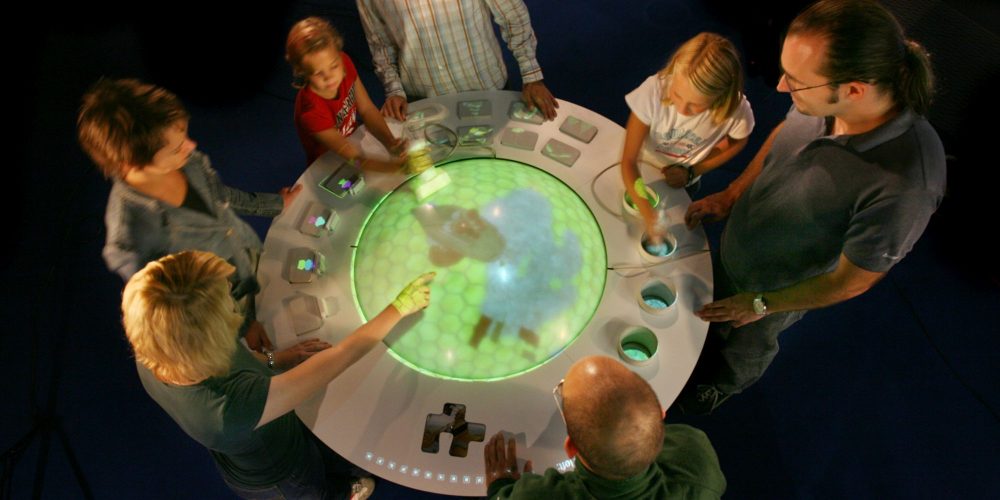
Throwback: Gulliver’s World
Gulliver’s World, the further development of Gulliver’s Box, was a multi-user mixed reality system developed by the Ars Electronica Futurelab.
-
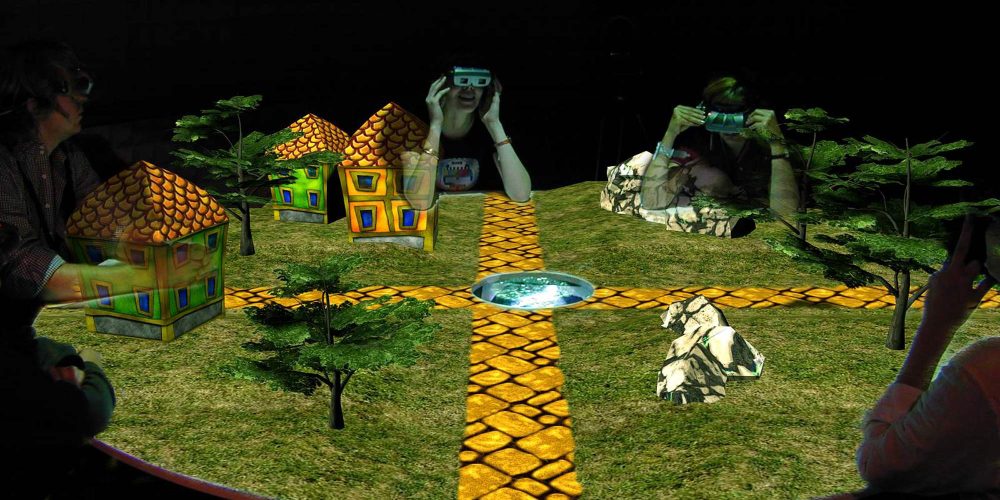
Thowback: Gulliver’s Box
In Gulliver’s Box, the process of creative design, display and perception were brought together in a single environment.
-
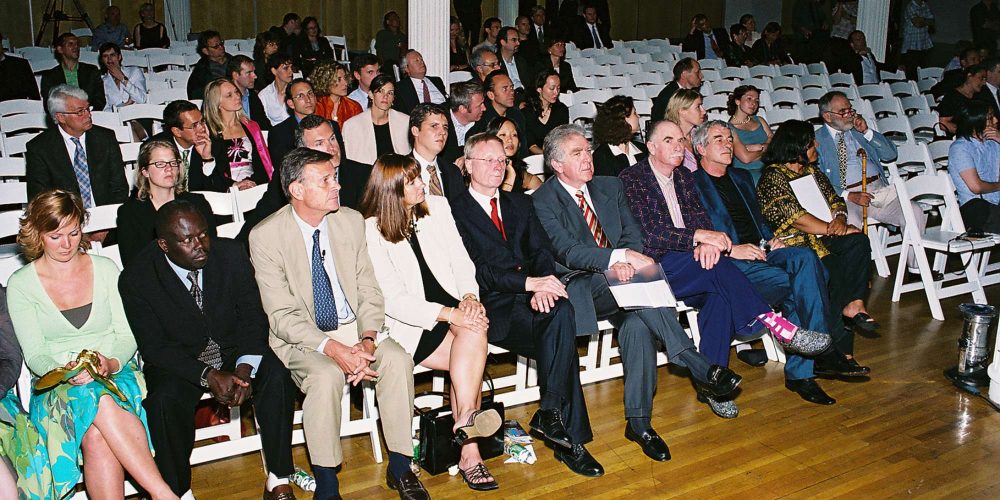
Throwback: Ars Electronica goes international
On the occasion of its 25th anniversary in 2004, the time seemed ripe for Ars Electronica to finally go global.
-
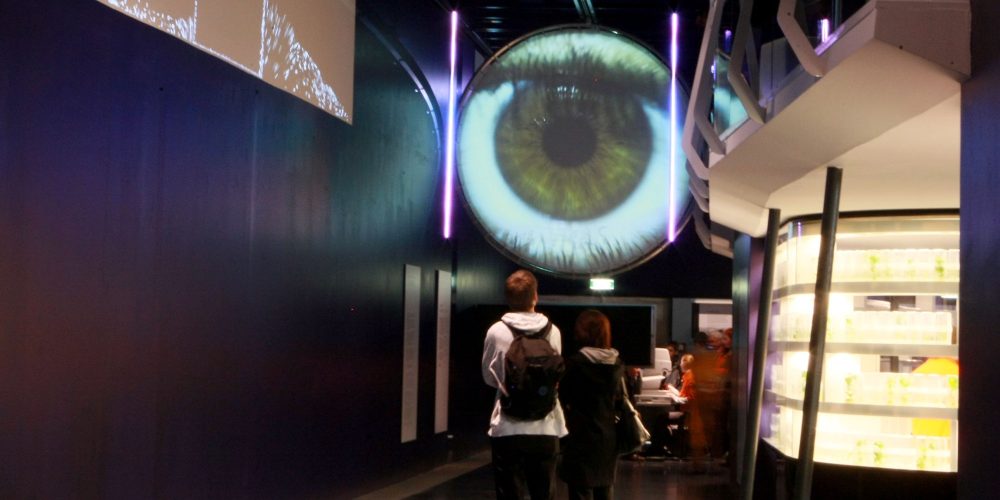
Throwback: The first Ars Electronica Labs
The new Ars Electronica Center in 2009 had not only gained more exhibition space and urban visibility, but had also used the opportunity to completely reinvent itself.
-
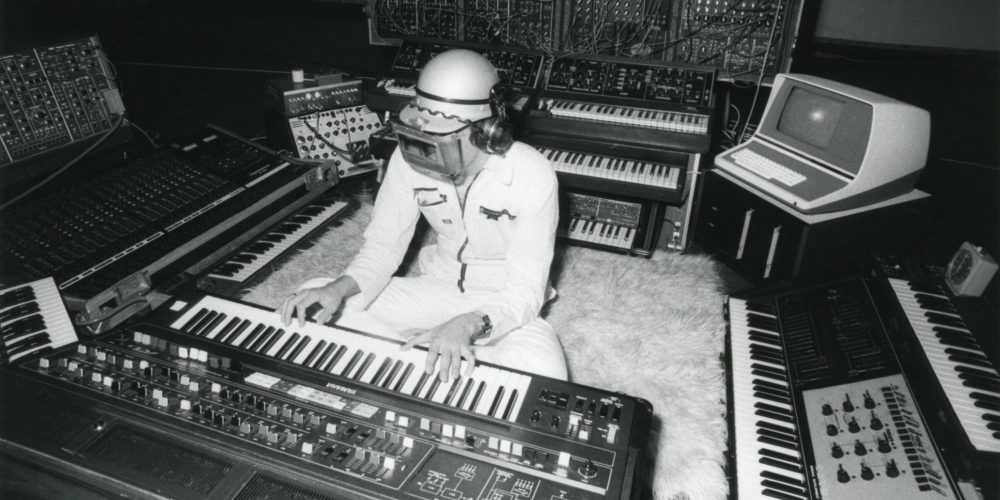
Throwback: Linz Steel Symphony
In 1980, electronic music pioneer Klaus Schulze opened the Ars Electronica Festival with a concert of live recorded sounds from the Linz steelworks voestalpine.